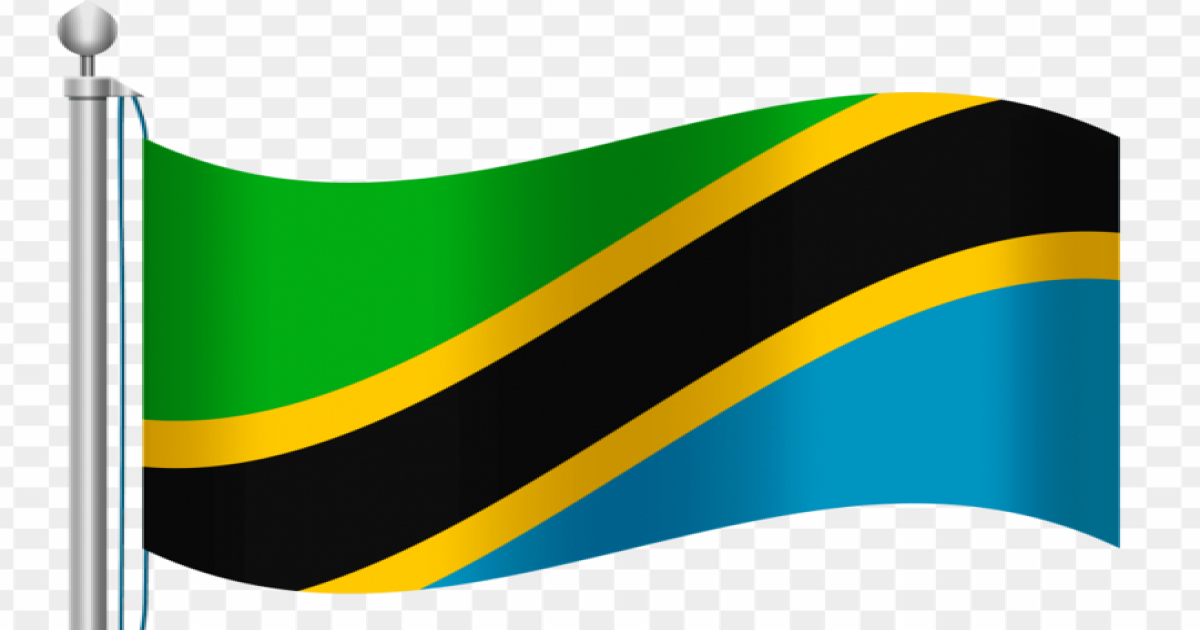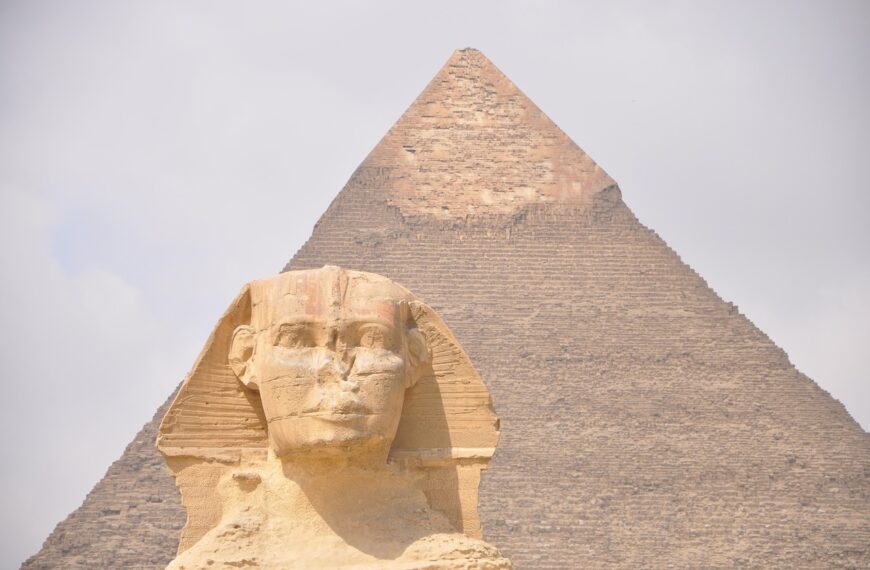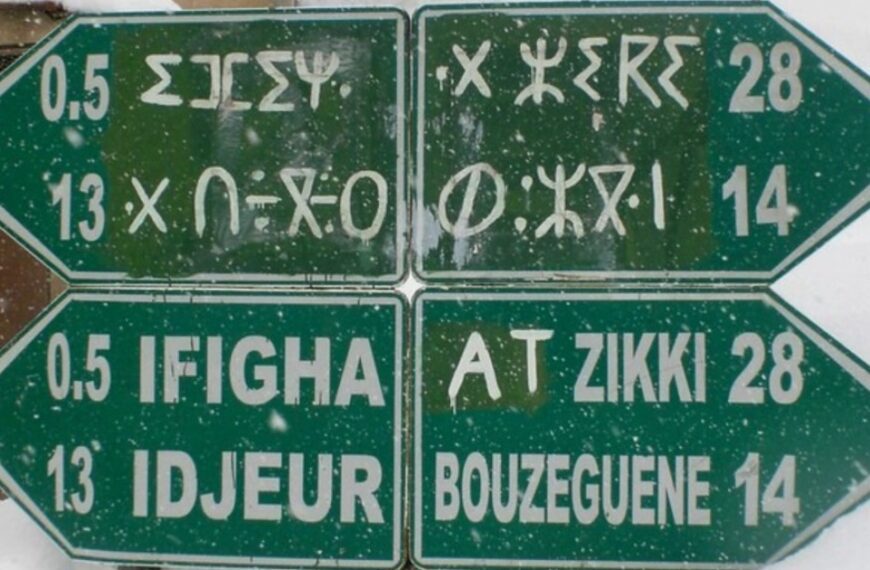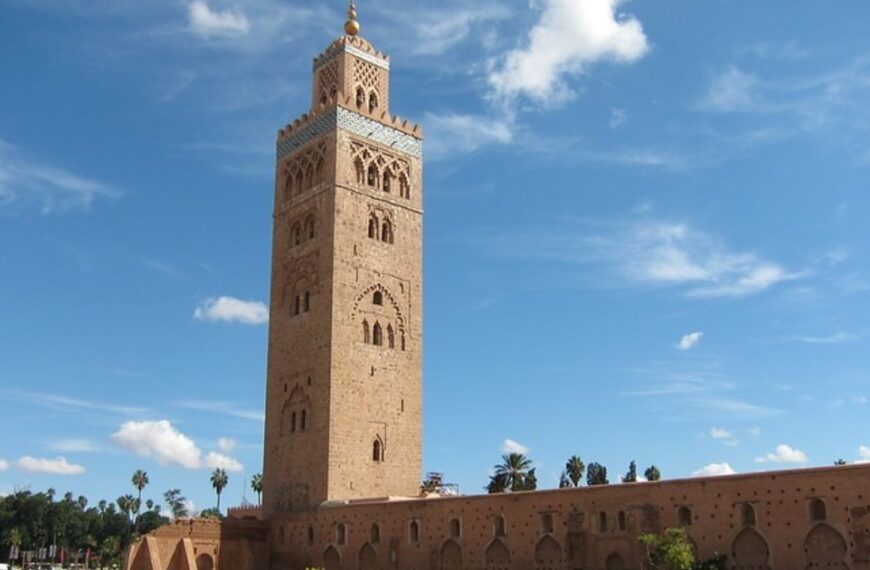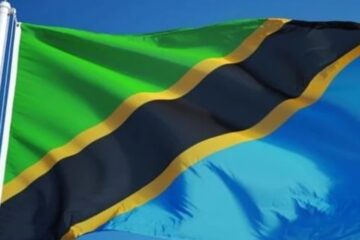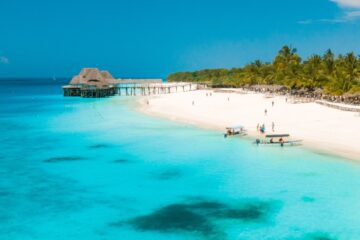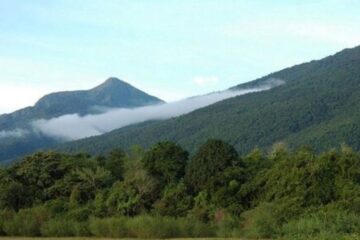The colors of the Tanzanian flag and what they mean.
The Tanzania flag was created as a consequence of the state’s union of the Republic of Zanzibar People’s Republic and the Republic of Tanganyika. A wide black line going from the bottom left corner of the flag to the top right part splits the flag in two and creates a triangle on both sides. The triangle in the top left corner of the flag is green, while the triangle in the bottom right corner is blue. A thin yellow strip separates the black thick strip from the blue and green hues.
Blue, green, and black are frequent colors in both nations’ flags, and yellow is also chosen to represent gold since the new country is wealthy in underground mining. The green hue depicts the country’s lush fields, while the blue color represents the Indian Ocean, which runs down the country’s shore. The African people are represented by the black hue in the center.

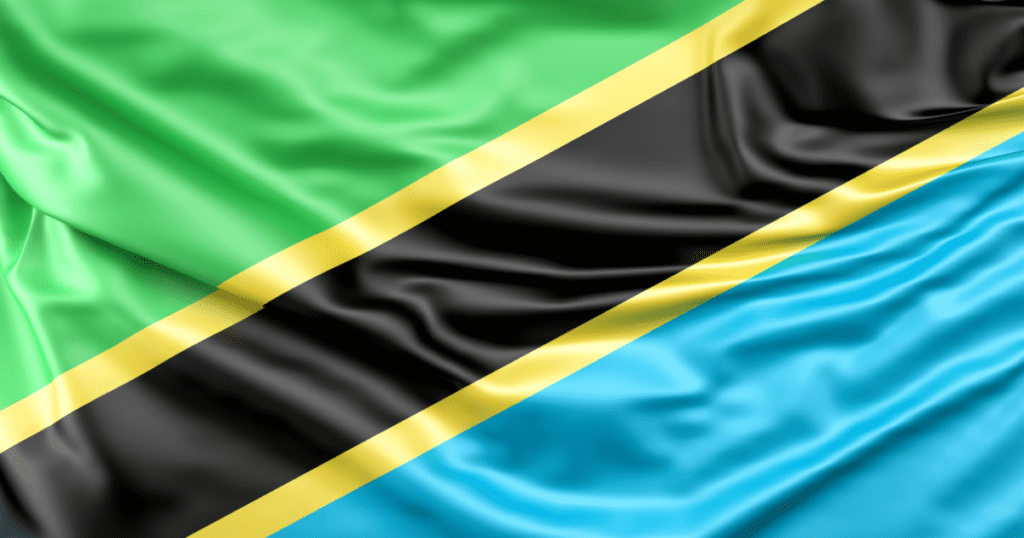
The history of the Tanzania Flag:
Britain conquered the bulk of German East Africa in 1916. Three years later, the British assumed leadership of the Tanganyika District as a League of Nations member. In 1946, the League of Nations was disbanded, and the United Nations was established. It was renamed the UN Trust Zone after World War II.
Tanganyika African National Association (TANU) was created in 1954 in opposition to British colonial authority by the African Union of Tanganyika, Julius Nyerere, and Oscar Kambona. The political party’s goal was to win independence for the area. The flag had three horizontal stripes of green, black, and yellow. Tanganyika gained independence on December 9, 1961.
During his rule, the Sultanate of Zanzibar, a British protectorate until 1963, flew a crimson flag on his island. On January 12, 1964, the last sultan was deposed in the Zanzibar Revolution, and the Afro-Shirazi Party, the leading political party of the newly founded Zanzibar and Pemba People’s Republic, was inspired by its party flag and developed and approved its national flag. The flag had three horizontal stripes (blue, black, and green).
Tanganyika and Zanzibar combined to establish Tanzania in April 1964. As a consequence, the two states’ flags were united to create a new national flag.
Tanzania’s flag was approved on June 30, 1964. Tanzania’s flag was created by combining the flags of Tanganyika and Zanzibar, which merged in April 1964 to establish Tanzania. Tanganyika’s flag was a black horizontal strip with a yellow edging placed prominently on the green, while Zanzibar’s flag was blue, black, and green horizontal stripes. Tanzania’s flag has a diagonal overlay to emphasize that these two flags have equal significance.
Also read: Top 9 things to see in Tarangire National Park
Tanzania’s Neighboring Countries:
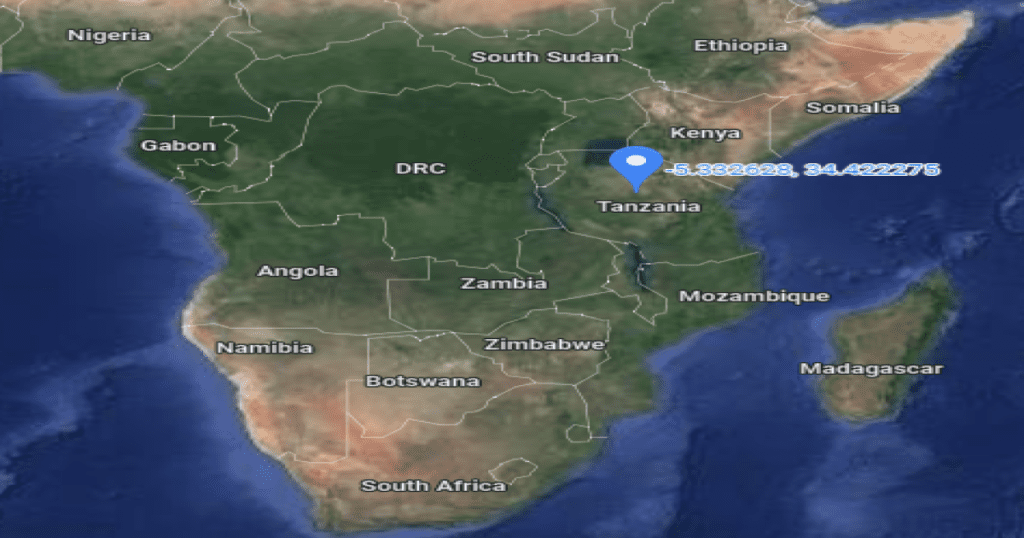
Tanzania is an autonomous nation in Africa’s middle east, bordered by Kenya and Uganda to the north, Rwanda, Burundi, and the Democratic Republic of the Congo to the west, and Zambia, Malawi, and Mozambique to the south.
Tanzania’s Primary Characteristics:
Tanzania is well-known for its wildlife reserves. Many tourists visit the nation for safari tours and to see a natural beauty. Dodoma is the country’s capital. Swahili and English are the official languages. Tanzania’s currency is utilized as the currency.
The tropical climate reigns supreme. The weather is pleasant, with sea breezes. Tanganyika’s shoreline has received a lot of rain. They cook using spices and coconut milk. Popular meals include Wali Wa Nazi and Nyama Choma. Tanzanian coffee is world-renowned for its flavor.

